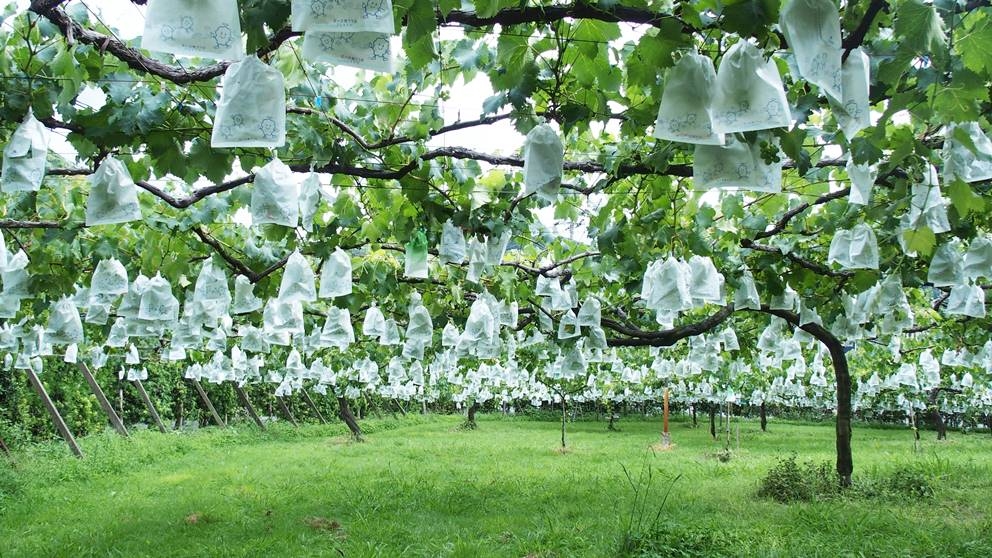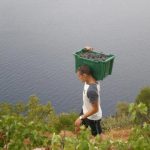Coming soon – Plavac Mali vines in a vineyard in the Land of the Rising Sun and after a while, bottled with a Japanese origin label! A group of Japanese businessmen from the southern island Goto-Kyoshu have been working for a while now with Zoran Pantalon, manager of the Royal Vineyards near Zadar, and fell in love with Croatia and its wines to the degree of wanting to plant a vineyard with Plavac Mali on Goto Island. The cellar owner is Yoshida Shigemi, an influential businessman with a chain of hotels and a concession for a very large parcel of land to raise new plantations, who is eager to plant Plavac Mali.
Considering the difficult climate conditions in Japan and the lack of knowledge about Plavac Mali beyond Croatia, the Japanese have hired Pantalon’s schoolmate, professor Edi Maletić from the Zagreb Agronomics Faculty to survey the terrain, meet the local climate and provide instructions.
Professor Maletić’s conclusion was sceptical, considering Japan gets up to 2.500 litres of rain in the summertime, but the Japanese were not disheartened and decided to start planting in spring of 2018! Maletić recommended they grow Plavac Mali in greenhouses. The terrain is at 320 metres above sea level and the test surfaces will be up to two hectares. The Agronomics Faculty has also offered a one-year study of wine growing and winemaking for advanced Japanese students to broaden their knowledge and improve education. The cooperation of Zoran Pantalon and Royal Vineyards with the Japanese contributed to the Japanese buying a lot of cellar equipment from Croatian producers, but also importing many Croatian wine labels for numerous restaurants in Japan.
Japan has a 1,000-year history of vine growing, but has only been making wine for the past 150 years, from varieties not used in traditional regions in Europe. Vines are found all over Japan, with the most important wine region on Hokaido Island.
The cultivation system uses tall vines, often with covers preventing rain from falling directly on grapes and on the soil the vines grow from. And more: grape clusters are placed in bags to help avoid the harmful influence of moisture and potential disease, so the vineyard can look quite unusual.
Japan produces around 251.000 tonnes of grapes per year, but only part of it is vinified. Wine consumption is growing, around 30 litres annually per capita, while Croatians drink around 32 litres.
For the original and more from Suhi u Čaši blog on wine, click here.











